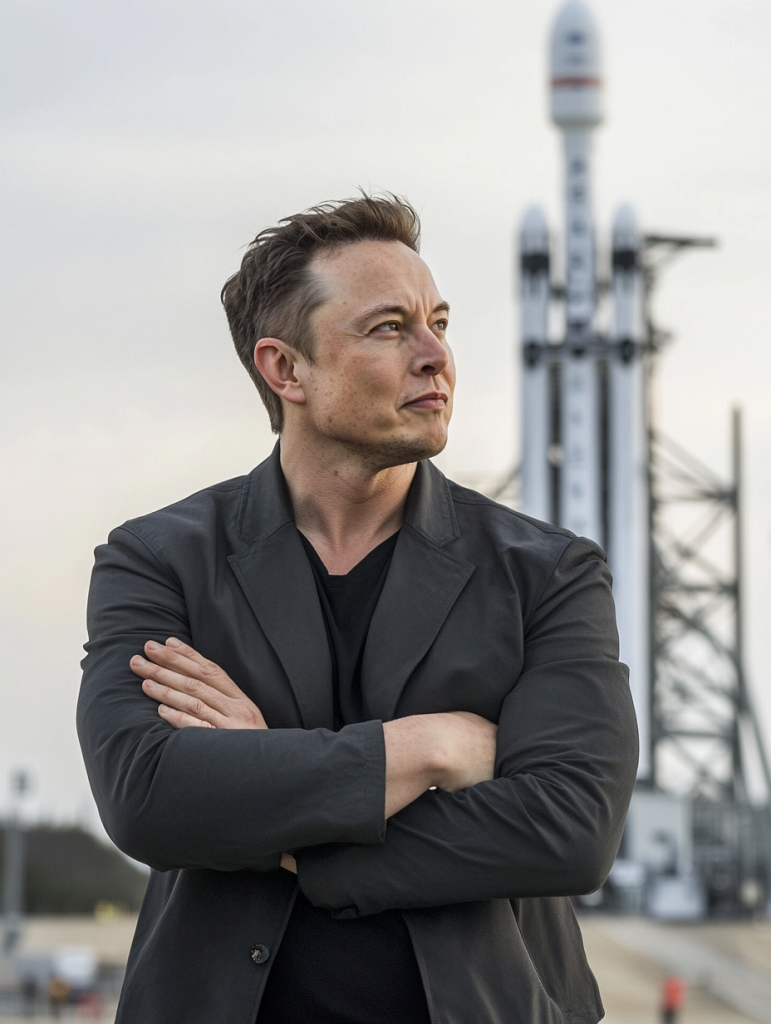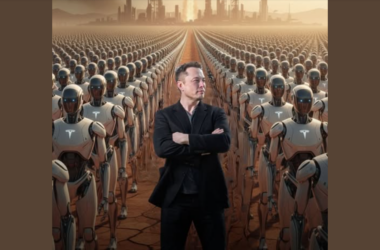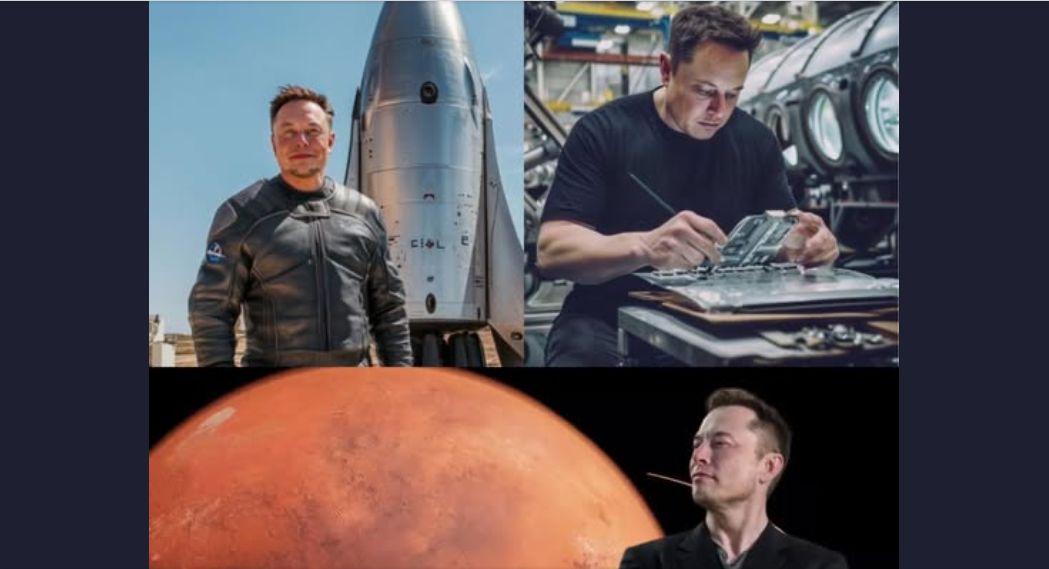
In what is being called the boldest leap in human history since the Moon landing, Elon Musk has officially unveiled his $11,000,000,000 spaceship, a behemoth of innovation designed to carry the first human crew to Mars in 2026. The announcement, made from SpaceX’s Starbase facility in Texas, has stunned the world—and ignited a fire of hope in those dreaming of life beyond Earth.
Dubbed simply “Starship: Genesis One,” this spacecraft isn’t just another launch vehicle. It is humanity’s ticket to becoming a multiplanetary species.
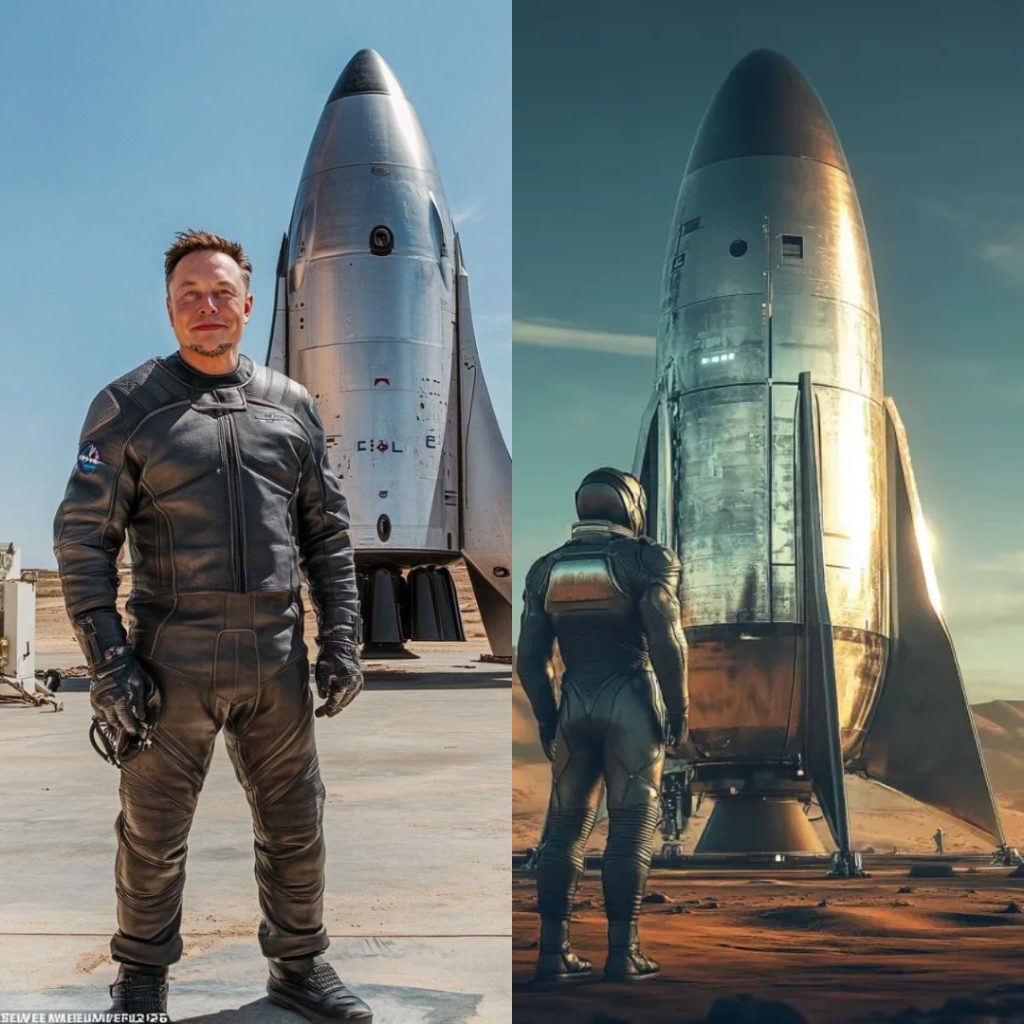
A Dream Worth Billions
The $11 billion price tag isn’t just for headlines. It reflects a decade of tireless work, mind-bending engineering, and risk-taking on a scale rarely seen in modern industry. Musk, speaking to a crowd of engineers and journalists, called the ship “our generation’s Ark.”
“Earth is beautiful, but it won’t last forever. If humanity is to survive long-term, we must build a second home. This is the first real step.” – Elon Musk
The ship can carry up to 100 passengers, equipped with life support, hydroponic farms, AI-guided medical units, and radiation shielding strong enough to survive the harshest of space storms.
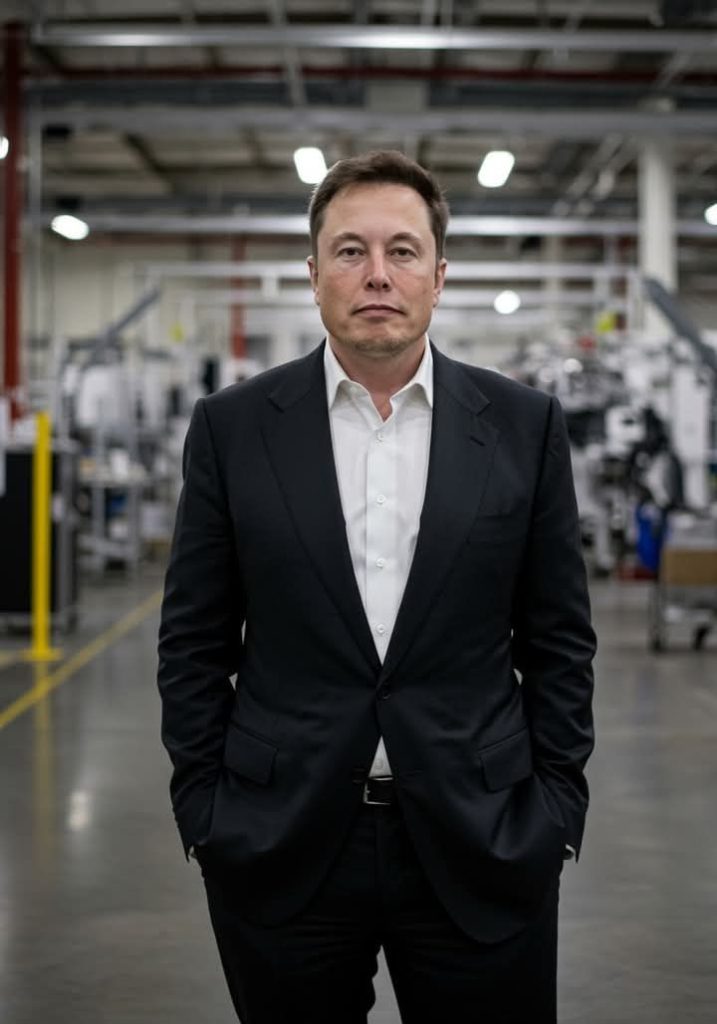
Mars 2026: Not Science Fiction—A Mission
SpaceX now plans to launch the first cargo mission to Mars in late 2026, with a manned mission following shortly after, depending on planetary alignment and testing success. The timeline is tight, but Musk’s team has already begun training astronauts and constructing prototypes of Martian habitats at remote sites in Nevada and Saudi Arabia.
The plan:
- 2026: First unmanned mission delivers supplies and infrastructure.
- 2027–2028: First humans land on Mars to begin permanent base setup.
- 2030s: Self-sustaining Martian colony with energy, food, and AI governance systems.
The World’s Reaction: Awe and Skepticism
Social media exploded within minutes of the announcement. Hashtags like #Mars2026, #GenesisOne, and #MuskToMars dominated global trends.
“Elon Musk is doing what governments have only talked about for decades.” – @AstroNewsDaily
“If he pulls this off, it’s not just history—it’s evolution.” – @FutureThink
But not everyone is convinced. Critics argue that the timeline is “recklessly ambitious” and that the funds could be better spent solving problems here on Earth. Musk’s reply?
“We can—and must—do both.”
A Vision Beyond One Man
While Musk is the face of this mission, the spaceship represents the work of over 12,000 engineers, scientists, and visionaries who believe humanity belongs among the stars. Powered by next-gen Raptor engines, Genesis One is capable of full reusability, interplanetary travel, and artificial gravity—all game-changers in aerospace history.
Conclusion: The Countdown Has Started
The unveiling of Elon Musk’s $11 billion spaceship is more than a technological milestone—it’s a psychological shift. For the first time in modern memory, Mars feels within reach. Not as a distant red dot in the sky—but as our future neighborhood.
As the engines warm and timelines accelerate, one thing is clear:
Mars is no longer a question of “if”—but “when.”
And 2026 is just around the corner.
